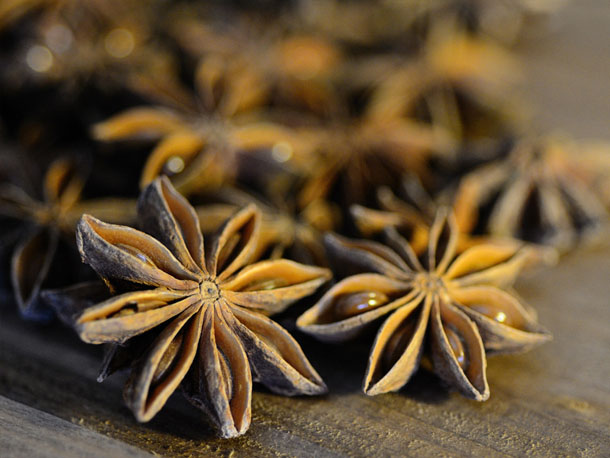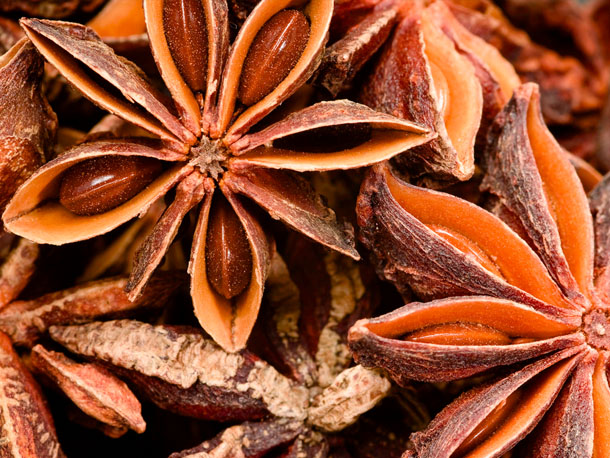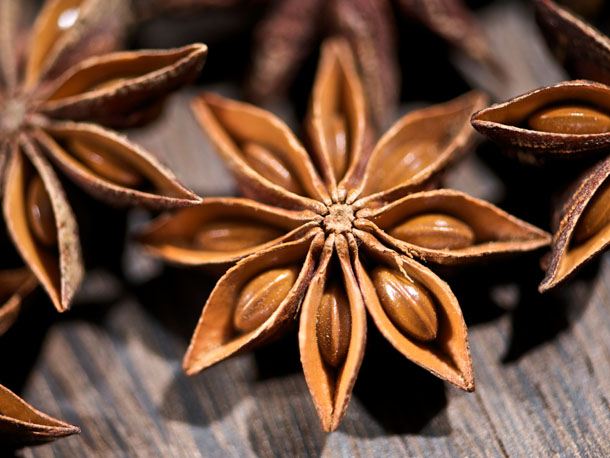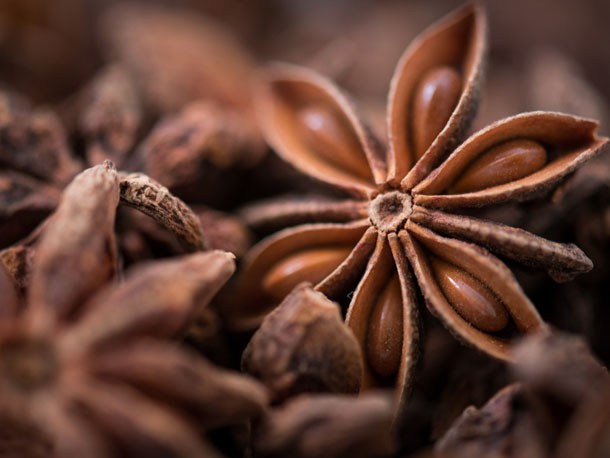Star anise soars into stratosphere due to crop decline
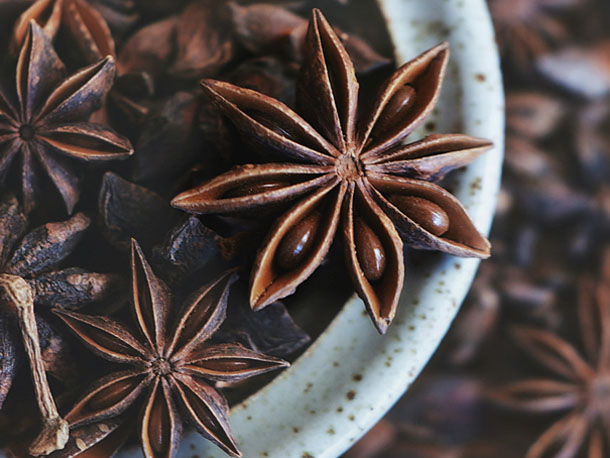
Chinese star anise prices have surged higher over the last month due to a much smaller crop this year.
A spokesman for Hong Kong-based Orient Resources Company that, the crop was hit by a very strong typhoon during the blooming season. “Prices have risen by USD1,000 per tonne in the last month,” he explained.
China’s crop was harvested in September, just one month after that of Vietnam.
The spokesman indicated current prices of USD4,500 per tonne c&f main European ports for qualities suitable for EU requirements. He explained that very low quality material sold to certain other global destinations could be acquired for the much lower price of USD2,400 per tonne.
The Orient Resources source explained that a lot of the flowers that had been damaged by typhoon rains had a very dark appearance, which buyers would not like. “What happens is the exporters will add colour or sulphur dioxide to make the appearance good,” he said.
Most of the colour dyeing was being done by exporters in Vietnam, the spokesman observed. He explained that under the EU legislation exporters only have to declare the presence of sulphur dioxide if the content of this allergen exceeds the permitted limit of 10 parts per million (ppm).
If exporters fail to declare any material with sulphur dioxide content of more than 10 ppm then they have broken the law, he noted. “Most manufacturers don’t want to declare it, so they don’t buy the material with high sulphur dioxide,” the spokesman said.
Demand has been slack of late. “I don’t think people are getting used to the higher prices,” he observed. The Middle East and south Asia are the normal sources of off-take for Chinese star anise while Vietnamese material is popular with Indian buyers.
Vietnam invariably offers at cheaper levels than China and is thought to be offering at around USD2,800 per tonne c&f India.
However, the Orient Resources spokesman said he was expecting Vietnam’s prices to edge upwards as exporters in this origin would not want to be selling at too large a differential against Chinese prices.
He noted that only about 10% of output was exported, so Chinese sellers would not be unduly concerned if overseas buyers balked at the high prices.
Star anise powder is an essential ingredient in the Chinese five spices mix, which is often added to stir fry dishes.
In addition, star anise is the main ingredient in the prescription drug Tamiflu, which was widely used in the global fight against bird flu, and the herb is also valued for other perceived health benefits.

